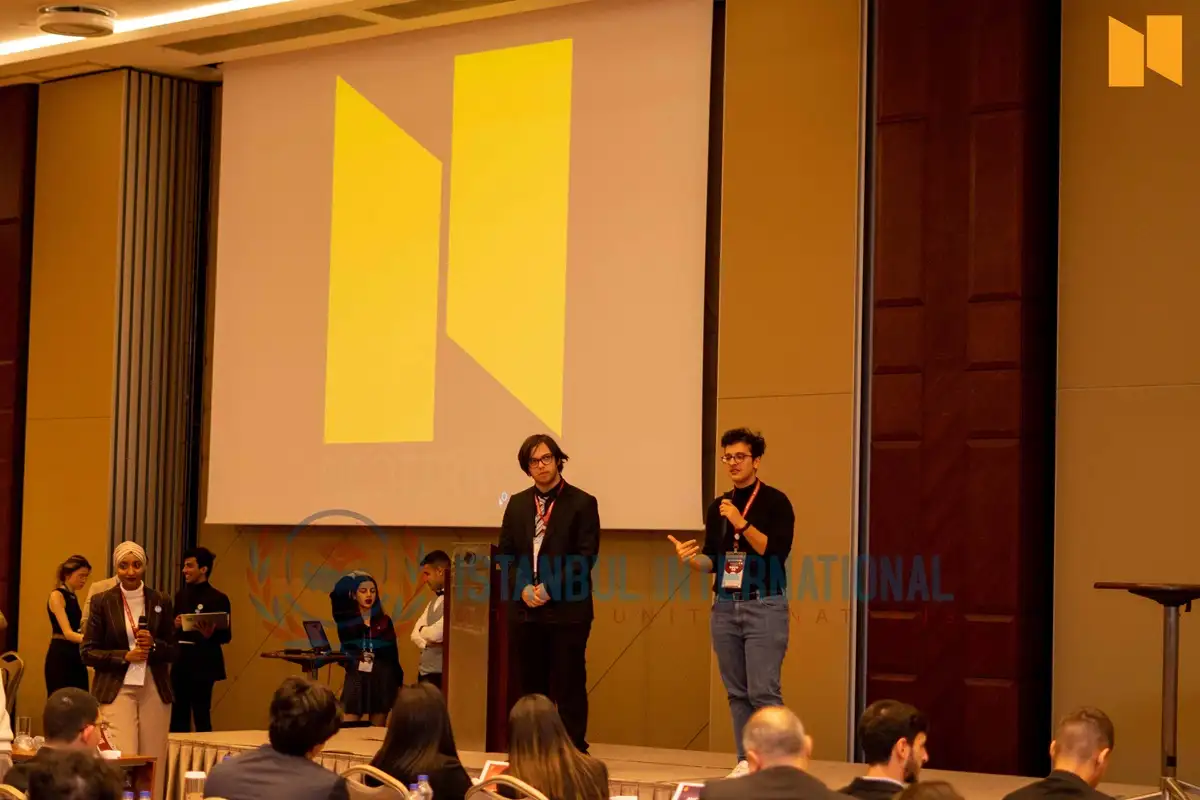
A brief introduction
New leadership paradigms are emerging as firms continue
to adapt to the ever-changing business landscape of
2024. These paradigms are being developed in order to
satisfy the needs of a world that is both dynamic and
interconnected. There is one such paradigm that has
gained traction in recent years, and it is known as
distributed leadership. Distributed leadership is a
decentralized approach to leadership that distributes
authority, responsibility, and decision-making across
several persons or teams. Through the course of this
blog, we will investigate the idea of distributed
leadership, as well as its consequences for
organizations in the year 2024, and the tactics that may
be utilized to successfully apply distributed leadership
practices.
1. A Definitive Exposition of Distributed Control
The concept of distributed leadership, which is often
referred to as shared or collaborative leadership, is a
form of leadership that involves the distribution of
authority, accountability, and decision-making tasks
across a number of different persons or teams throughout
an organization. Distributed leadership acknowledges
that leadership can and can originate from numerous
sources within the business, in contrast to traditional
hierarchical models, which are based on the idea that
there should be a single leader at the top of the
hierarchy.
2. Distributed leadership's guiding principles and
principles
From its very foundation, dispersed leadership is
influenced by a number of fundamental principles that
determine how it is implemented and how effective it is.
Communal goals and outcomes are the primary focus of
these principles, which also include shared
responsibility and accountability, collaborative
decision-making, the empowerment of individuals and
teams, the distribution of skills and knowledge, and a
focus on communal goals. Embracing these concepts allows
firms to capitalize on the many skills and points of
view of their workforce, which in turn contributes to
increased levels of innovation, adaptation, and overall
organizational effectiveness.
3. Dispersed leadership has a number of advantages
A multitude of advantages are available to organizations
that implement distributed leadership practices. These
advantages include increased employee engagement and
motivation, improved problem-solving and
decision-making, enhanced creativity and innovation,
increased agility and responsiveness to change, and
enhanced organizational resilience. By delegating
leadership tasks to a number of different individuals or
teams, organizations are able to tap into the aggregate
wisdom and expertise of their workforce, which
ultimately results in improved outcomes and performance.
4. Methods for Putting Distributed Leadership into
Practice via Strategy
In order to successfully implement distributed
leadership, organizational leaders must provide
assistance, as well as meticulous planning and
communication requirements. Among the most important
strategies for successfully implementing distributed
leadership are the following: fostering a culture of
trust and collaboration; providing opportunities for
skill development and leadership growth; establishing
clear roles and responsibilities; promoting open
communication and feedback; and aligning distributed
leadership practices with the goals and objectives of
the organization.
5. Conquering Obstacles and Obstacles to Opportunity
Although there are many advantages to be gained from
distributed leadership, it is not without its share of
difficulties and obstacles. Resistance to change,
breakdowns in communication, ambiguity regarding roles
and responsibilities, and the requirement for constant
coordination and alignment are all examples of common
issues. By making investments in leadership development,
providing training and support for distributed leaders,
cultivating a culture of collaboration and shared
ownership, and addressing any structural or systemic
barriers that may hinder the effective implementation of
distributed leadership practices, organizations have the
ability to overcome these challenges and achieve their
goals.
Final Thoughts
In conclusion, dispersed leadership provides a powerful
framework that may be utilized to drive organizational
performance and success in the dynamic and
interconnected landscape of the year 2024. Through the
adoption of the concepts of distributed leadership,
businesses are able to harness the aggregate talents and
expertise of their workforce in order to negotiate
complexity, generate innovation, and accomplish their
strategic objectives in a world that is always changing.


